Cesar Chavez knew the stories of farmworkers who worked hard to provide for their families, often under unfair conditions. Learn more about how Chavez dedicated his life to fight for farmworkers’ rights.
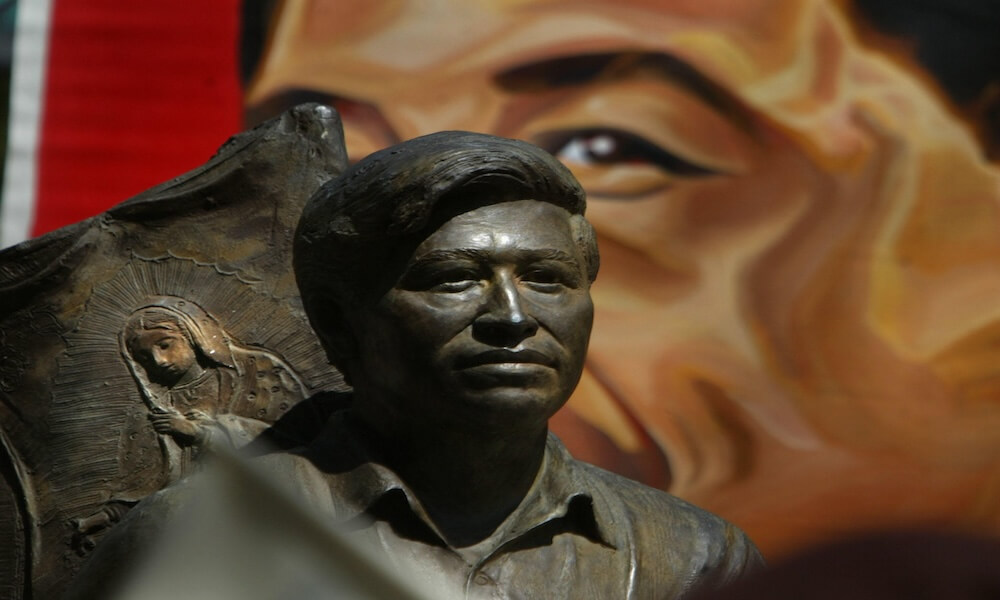

Cesar Chavez knew the stories of farmworkers who worked hard to provide for their families, often under unfair conditions. Learn more about how Chavez dedicated his life to fight for farmworkers’ rights.

M.C. Escher was a Dutch graphic designer known for his innovative optical illusions, impossible drawings, and transforming tessellations, or interlocking tiles that slowly morphed from images like squares to fish to birds and back again. This video is from an exhibition of Escher’s art, which is no longer on display, but it nicely summarizes both his distinctive style and his continuing impact on popular culture.

View and read this photo gallery for a timeline of Anne Frank’s life and the historic events that shaped it.
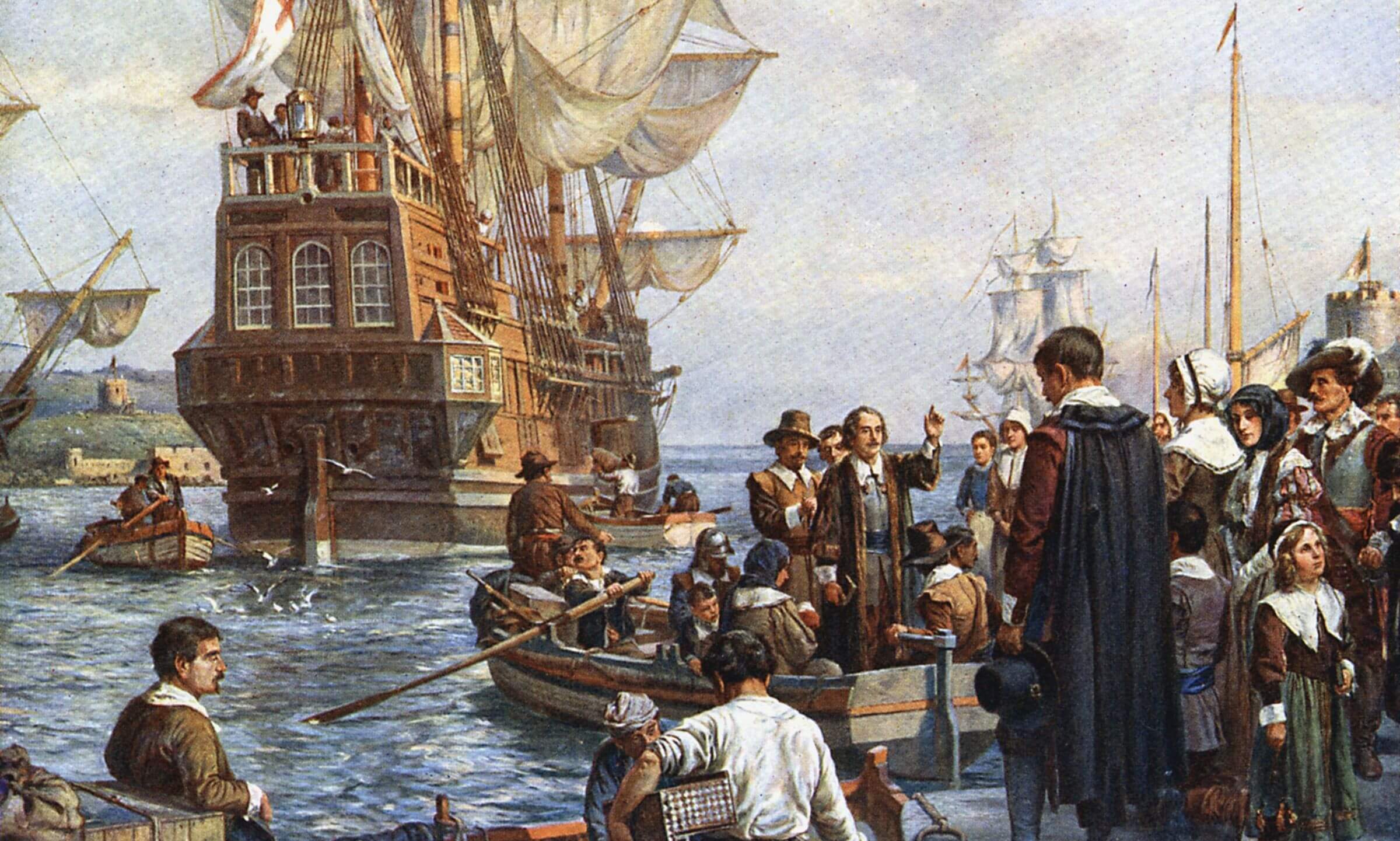
Read the article to learn more about how Plymouth Colony came to be and what life was like for the Pilgrims who made the journey from Europe.

Watch this video clip to learn more about Shirley Chisholm; an iconic American figure celebrated for her ambition and courage.
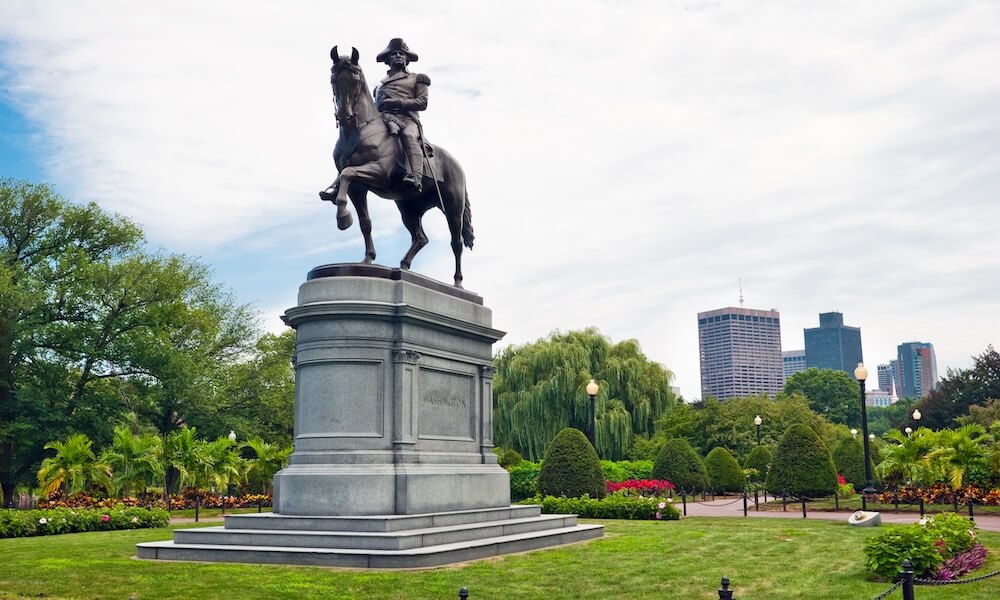
Imagine a leader so respected that his farewell speech shaped the very ideals of democracy—George Washington’s decision to step down after two terms wasn’t just a farewell, it was the blueprint for the peaceful transfer of power that defines American democracy today.
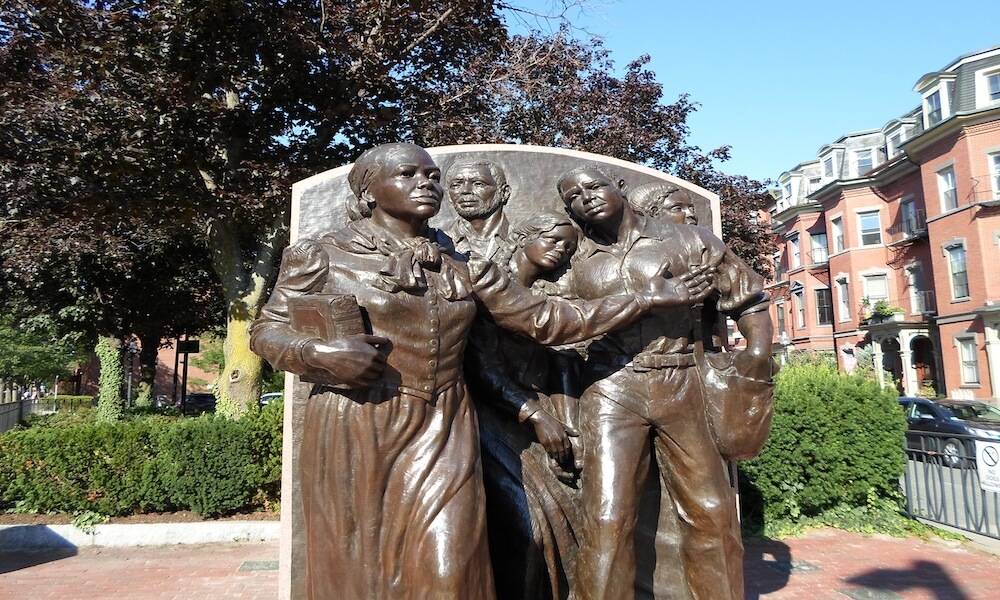
Harriet Tubman’s courage extended far beyond the Underground Railroad—she played a crucial role in the largest rebellion of enslaved people in U.S. history. This remarkable chapter of her legacy stands as a powerful example of sacrifice, resilience, and the fight for freedom.

These two activists dedicated their lives to education, equity, and service, paving the way for inclusion and empowerment. Their legacies remind students everywhere of the power of advocacy and determination to transform communities.

Nellie Bly (born Elizabeth Cochran) was a pioneer in investigative journalism. She took great risks, such as going undercover as a patient of a mental institution and a worker in a sweatshop, and her work was instrumental in making improvements in the poor working conditions and treatment of women.

What events took place before America’s schools were finally integrated? What did the Supreme Court have to say about discrimination along the way to the Brown decision? Check this handy timeline to find out.

William Shakespeare is widely considered to be the greatest writer in the English language and now, thanks to modern technology, you can explore some of the most iconic places from the playwright’s life, and the locations said to have inspired him, from the comfort of your own home.

Did you know that Sleepy Hollow is a real place? And that many of the characters in the story were loosely based on real people? Take a brief tour of the area with National Geographic and learn how Washington Irving got some of his ideas for America’s most famous ghost story.
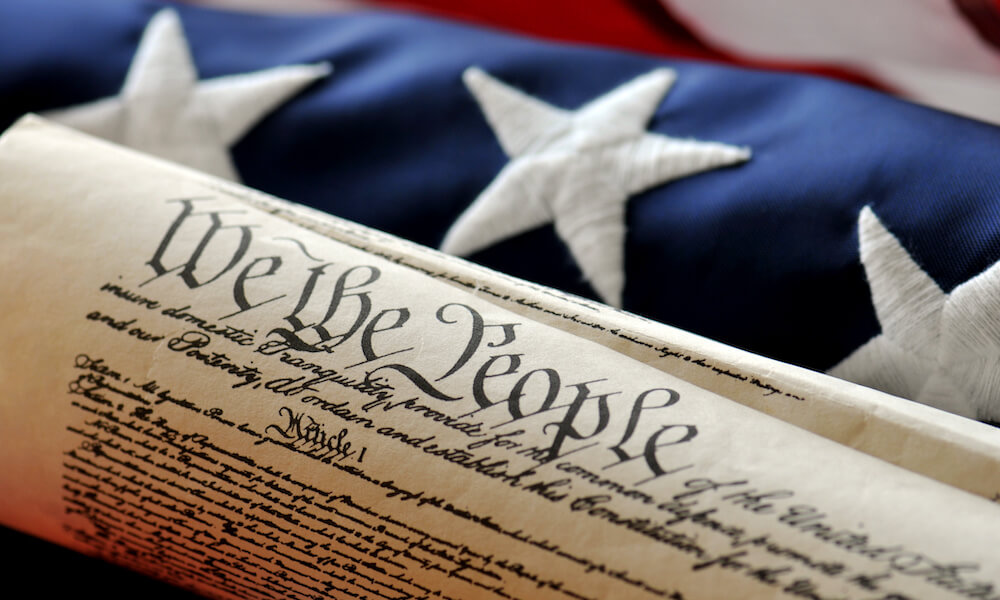
In October of 1774, the First Continental Congress met to discuss and write a petition to the King. Although the petition didn’t work as planned, the Congress set the stage for what would become the American Revolutionary War.
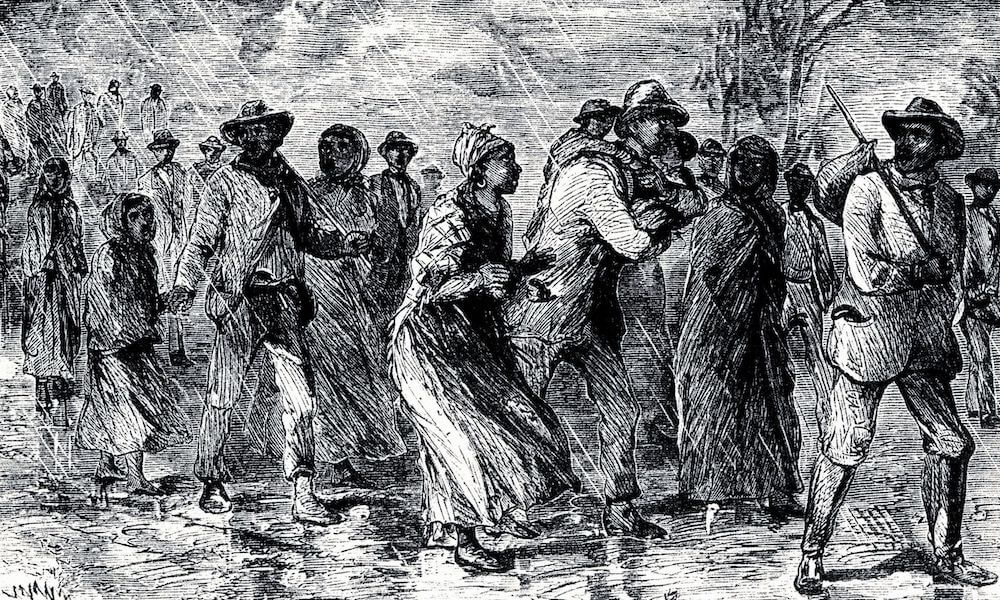
In honor of Hispanic Heritage month, learn more about these prominent Afro-Latino abolitionists and their fight for freedom across the Americas.

Seventy-seven years after it was first published, this article takes another look at The Diary of a Young Girl. Learn the story behind how and why Anne Frank’s diary got published.

Some scholars of Shakespeare question the identity of the beloved playwright. This article discusses facts that have led some to believe The Merry Wives of Windsor was written by a different author.

Learn more about the legacy of Bernice Johnson Reagon, remembered for her activism, musicianship, and courage.

Though poets often draw on imagery from nature, science and poetry often appear to be set in opposition to each other. Can the world of facts mesh with the world of emotions? In this essay, poet and scientist Pireeni Sundaralingam analyzes the complex relationship between the two.

During the Gilded Age, both Cornelius Vanderbilt and John Rockefeller amassed fortunes by focusing on what they knew best.
A professor explores how a teenager who kept a diary has transformed into a symbol of what the Holocaust stole from the world.